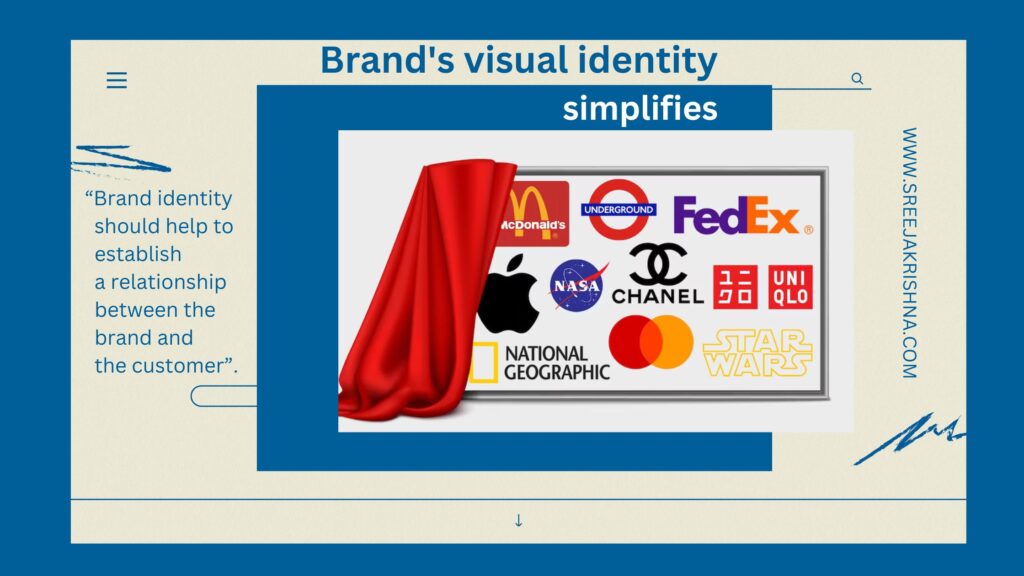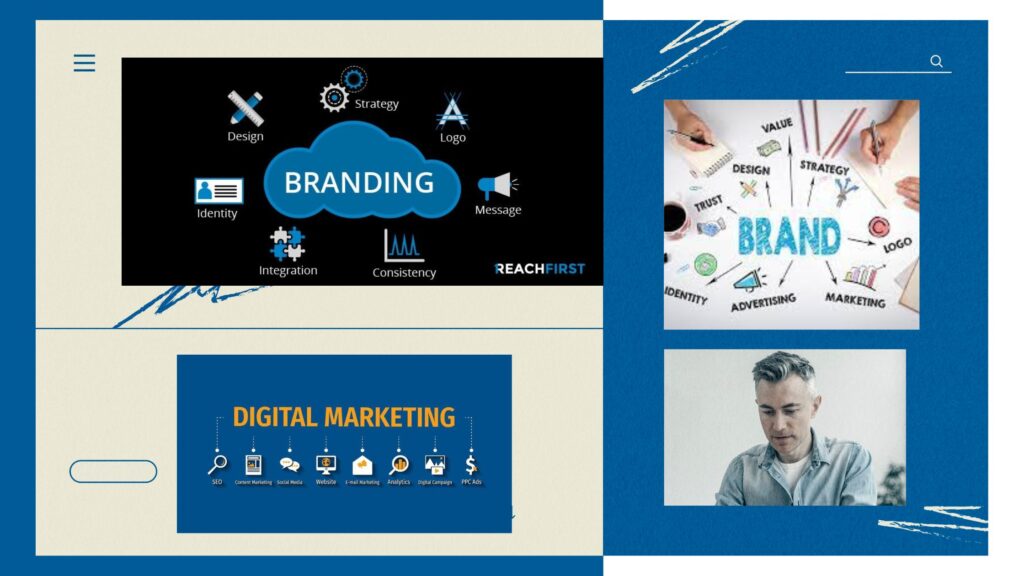Title: Leveraging Creative Fine Art Trademarks: A Game-Changer in Digital Marketing for Businesses Worldwide. Exploring Creative Fine Art Logos, Symbols, Monograms, Calligraphy, and Cyphers: Understanding the Differences for Businesses
Introduction:
In the fast-paced world of digital marketing, businesses must constantly seek innovative ways to captivate their audiences and stand out from the competition. One highly effective strategy that often gets overlooked is the utilization of creative fine art trademarks. These unique and visually appealing assets can be a game-changer, enabling corporations and companies worldwide to establish a distinctive brand identity and make a lasting impact on their target audience.

Understanding Creative Fine Art Trademarks:
Creative fine art trademarks are artistic elements that symbolize a company, product, or service, visually differentiating it from others. Unlike conventional trademarks, creative fine art trademarks are not limited to text-based logos; they encompass an array of visually stunning designs, illustrations, and graphics that evoke emotions, tell stories, and leave a lasting impression.

Types of Creative Fine Art Trademarks:
Logos with Symbolism:
These trademarks incorporate symbols, icons, or emblems that represent the essence of the brand. They transcend language barriers and resonate with audiences on a deeper level.
Artistic Typography:
A blend of artistic fonts and typography creates visually distinctive trademarks that communicate a brand’s personality and style.

Abstract Art:
Embracing abstract art in trademarks allows companies to evoke emotions and intrigue audiences, leaving room for interpretation and sparking curiosity.
Watercolor Masterpieces:
Watercolor trademarks offer a delicate, artistic touch, blending colors harmoniously, and enhancing the brand’s aesthetics.
Minimalist Art:
Simple yet powerful, minimalist trademarks communicate elegance and modernity, often making them memorable and easily recognizable.
Pop Art:
Vibrant and dynamic, pop art-inspired trademarks are ideal for youthful and energetic brands seeking to attract attention.

Trade-mark
A Trademark is a word or a sign or a design or any graphic device by which the commodity or trade is identified. It is an identification mark that indicates usually the kinds of business in which the company is engaged and also tells who is offering the goods and services. A monogram, an emblem, a cipher, a calligram. signatures or logotypes can be used as a trademark.

Logos:
A logo is a visual representation of a brand that serves as its primary identification. A creative fine art logo incorporates artistic elements, such as unique illustrations or stylized typography, to create a visually appealing and memorable symbol. Logos are versatile and can be used across various marketing channels, including websites, social media profiles, business cards, and advertisements. A well-designed creative fine art logo helps businesses establish a strong visual identity and enhances brand recognition.
Symbols:
Symbols are simplified representations that condense complex ideas or concepts into concise visual forms. In the context of branding, symbols are often used as secondary visual identifiers alongside logos. They can be abstract or representational and are commonly used to convey a particular brand attribute or evoke a specific emotion. Symbols have the advantage of being easily recognizable and can be applied across different mediums, reinforcing brand consistency and recall.
Monograms:
Monograms are created by combining two or more letters or characters to form a visually unified emblem. They often represent initials or abbreviations of a brand or organization. Monograms add a touch of sophistication and elegance to a brand’s visual identity, as they provide a unique and personalized representation. They are commonly used in luxury brands or to give a sense of heritage and tradition.
Calligraphy:
Calligraphy is an art form that focuses on the skillful and artistic rendering of letters and writing. It involves the use of various writing instruments, such as pens and brushes, to create beautifully crafted letterforms. Calligraphy can be utilized in logos, taglines, or other textual elements to infuse a sense of elegance, craftsmanship, and uniqueness into a brand’s visual identity. It adds a personal touch and can help businesses convey a premium or bespoke image.
Ciphers:
Ciphers, also known as ciphers or emblems, are intricate designs or monograms that incorporate decorative elements, often combined with letterforms or symbols. They are used to create visually complex and ornamental representations of a brand. Ciphers are commonly associated with heritage brands, luxury products, or exclusive organizations. They exude a sense of tradition, craftsmanship, and attention to detail, making them ideal for businesses seeking to convey a sense of exclusivity or timelessness.
Understanding the Differences:
While all these creative fine art elements serve the purpose of enhancing a brand’s visual identity, they differ in their specific forms and applications. Logos are comprehensive visual representations, symbols condense complex ideas, monograms use initials or abbreviations, calligraphy adds elegance and craftsmanship through lettering, and ciphers create intricate and ornamental designs. Each element has its own unique characteristics and advantages, allowing businesses in Bangalore to choose the one that aligns best with their brand personality, target audience, and industry.

Importance in Digital Marketing:

Enhanced Brand Recognition:
Creative fine art trademarks help companies stand out from competitors, ensuring their brand remains etched in consumers’ minds.
Storytelling:
Visual trademarks have the potential to tell compelling stories about a brand’s heritage, values, and aspirations, forging stronger connections with the target audience.
Social Media Impact:
In the digital age, visually striking trademarks are highly shareable and can lead to increased social media engagement, expanding brand reach.
Memorable User Experience:
Aesthetically pleasing trademarks create a positive and memorable user experience, encouraging customers to revisit the brand.
Versatility:
Fine art trademarks can be applied across various digital marketing channels, including websites, social media profiles, email marketing, and online advertisements.
Conclusion:

In today’s competitive digital landscape, corporations and companies worldwide need to invest in innovative branding strategies to stay ahead. Utilizing creative fine art trademarks can be a powerful and effective way to create a lasting impact on their target audience.
In the dynamic business landscape of Bangalore, creating a distinct brand identity is essential for corporate and all types of companies. By leveraging creative fine art elements such as logos, symbols, monograms, calligraphy, and ciphers, businesses can elevate their visual identity, enhance brand recognition, and establish an emotional connection with their target audience.
Understanding the differences between these elements enables businesses to make informed decisions about their branding strategy, ultimately leading to greater success and differentiation in the marketplace employing distinctive and visually appealing designs, businesses can enhance brand recognition, storytelling, and user experience, thereby propelling their digital marketing efforts to new heights.
Starting Price: $30,000
(Note: The pricing mentioned here is symbolic of the creation and implementation of creative fine art trademarks, and actual costs may vary depending on the project scope and complexity.)

